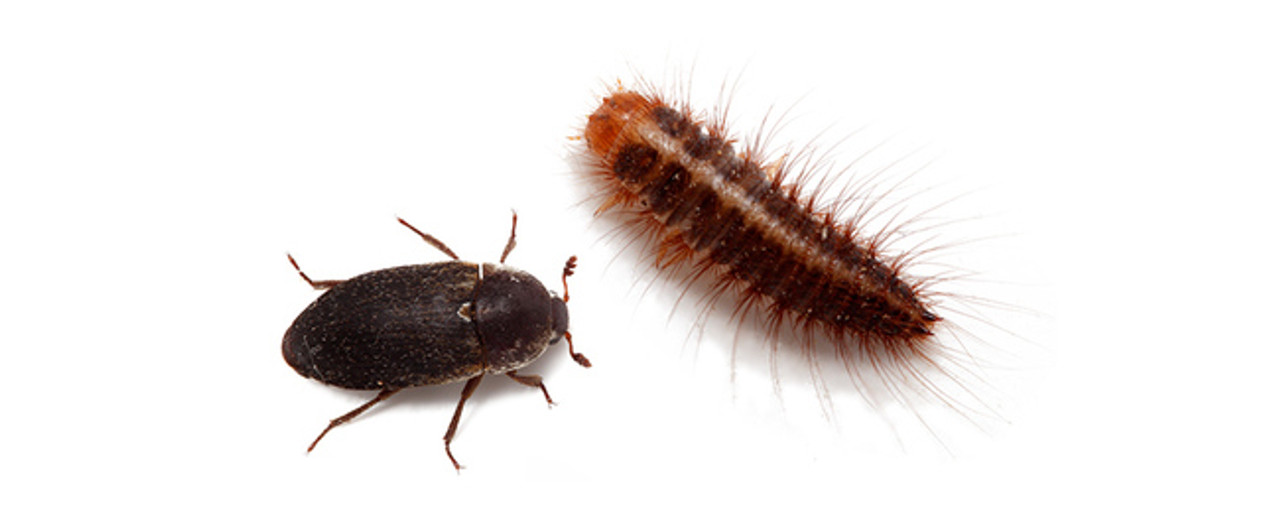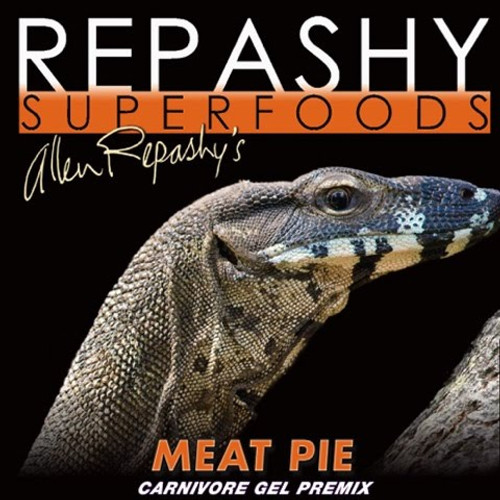Product Description
For live guarantee: if your temps are below 55° or above 85° the "Hold for Pickup" button must be checked above
Use science to keep your feeder bins healthy
Dermestid larvae are a natural way to keep your insect colonies clean; they will eat dead insects, molted skins, decaying plant material and droppings. Their cleaning habits prevents mold and bacterial growth in insect colonies. They will not compete with your colony for resources.
We ship your Dermestid larvae with a small amount of wheat bran as food for them during their journey to you.
WARNING: In warmer temps Dermestid beetles can potentially gain the ability to fly so your bins should be covered with a screen to prevent escape
FAQ:
Q. What species are these?
A. Our Dermestid larvae colonies are a combination of ater, lardarius, and maculatus. Depending on the time of year, one of the three predominates our colonies. Right now, lardarius is the dominant species. If you wish to clean skulls, we recommend buying maculatus from Skull Taxidermy.
Q. How do I care for them?
A. Please refer to our care sheets
Q. What are these little white bugs in my colony?
A. Too much moisture in your colony allows mites to thrive. If they become a problem they will interfere with your dermestid's desire to eat.
Q. Do you ship beetles or larvae?
A. Adult dermestid beetles do little besides breeding and laying eggs, it is the larval form of the beetle (much like a caterpillar) that focuses on eating. We ship you only larvae that are prepared to do their job for you.
Q. What is the Cleaner Crew life cycle?
A. The eggs of Dermestes spp. hatch in 4 days. The larvae (the size of a pin head) go through 7-9 molts over about 5-6 weeks before they burrow into boring material where they form a pupa. After 7-8 days, they emerge as a beetle. Male beetles are smaller than the females. After at least 2 months, the female beetle will lay eggs. The total lifespan is 4-5 months.
Q. Do Dermestid beetles fly?
A. When conditions are optimal for the beetles they will not fly. However when either food or water are removed at once or their temperatures are increased rapidly they can gain the ability for flight. For that reason we recommend keeping them covered with a screened lid if in conditions that let them pupate into beetles.
Do not remove food sources all at once without adding new. If possible maintain your colony's temperature externally to prevent rapid changes.
Q. Can I use these for taxidermy and cleaning skulls?
A. For skull cleaning, we recommend using Buffalo Beetles Alphitobius diaperinus which are MUCH more hardy and breed more readily than Dermestid beetles. Our Dermestid species can vary, and how much meat they consume is unreliable. If you require Dermestid larvae, we highly recommend Skull Taxidermy.





